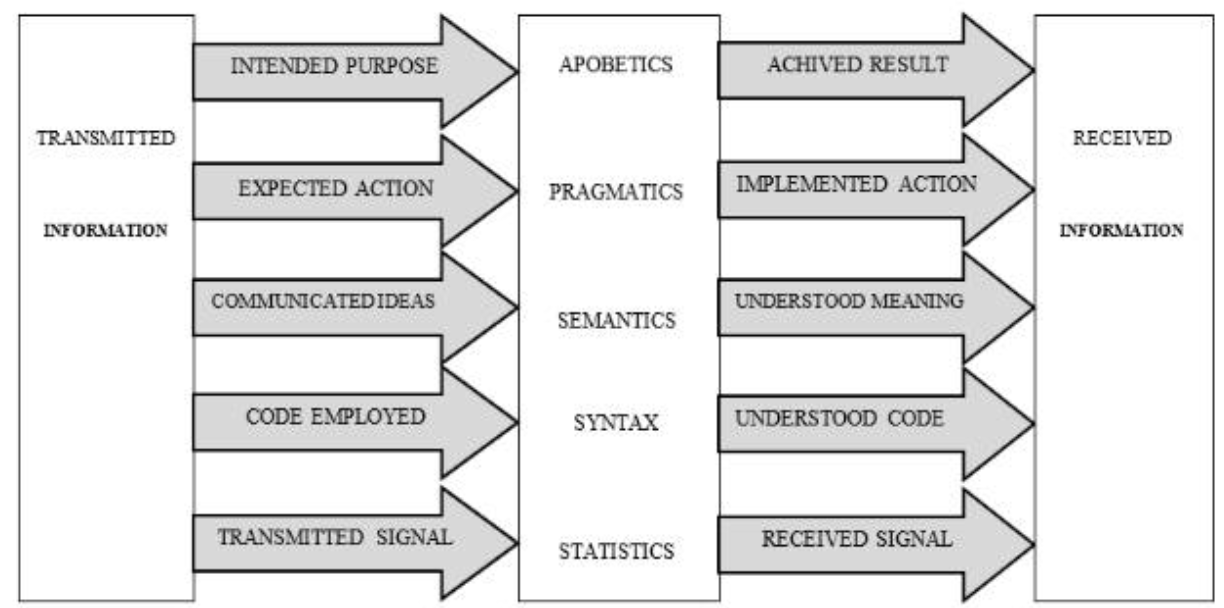This is an old revision of the document!
Information is one of the basic concepts of 20th-century science.
According to our scientific physical world view, the material particles and objects in our world constantly exchange energy in the four-dimensional space-time continuum while their order changes.
Information is somehow connected to the spatial and temporal distribution and orderliness of these materials and energies. Information can be examined in different aspects (from different viewpoints) as well:
- Information can be an intel, a report or some kind of notice about a given person, subject, or situation.
- Information can be the special meaning of a given symbol group, which also carries information about a given object.
- Information can be any kind of news that gives us necessary information about uncertainty.
- Information can be used to measure the orderliness of a structured object.
- Information is the world's most common internal status indicator, determined by physical constants and laws.
Information is a difficult and abstract concept that represents the orderliness of the material structures (which are constantly reacting to each other) in our universe.
Definition:
Information is both quantitative and qualitative. It is the characteristic of those groups that carry static and structural meaning (and constantly react to each other).
Information can be used to achieve an individual's goals by enhancing that person's knowledge.
The properties of information form a hierarchical structure
There are usually between 3 and 5 levels in this structure, according to the researchers of this area.
The most widely accepted structural layout is the 4-layer structure, but the following model may have 5 layers.
The multi-level model of information is suitable for several kinds of analyses (according to different aspects).
The information's Quantitative properties are defined by the static and syntactical laws of encoding, while its qualitative properties are defined by the semantic and pragmatic laws.
- Statistical approach examines the measurability of the information.
- Syntactical approach examines the formal qualities using the theory of coding and language theory as well.
- Semantic approach examines the meaning of the so-called informational primitives according to given semiotic and signal theories.
- Pragmatic approach seeks the effect of information according to the results/reactions and the related behaviours.
- Apobetical approach seeks the sender's intended purpose and the results on the receiver's side. It has lesser meaning to the engineering point of view.

